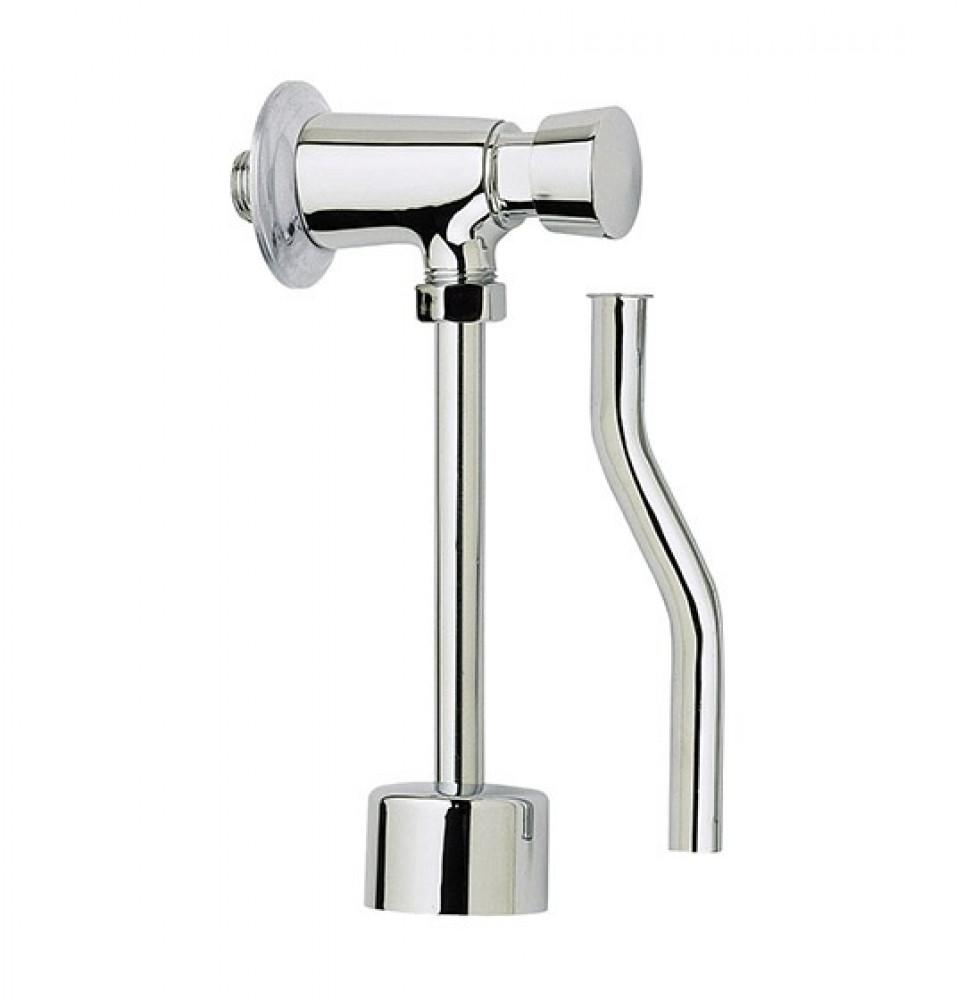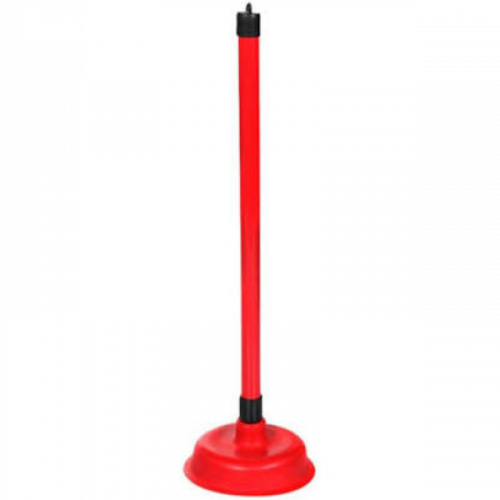
SUS 304 الفولاذ المقاوم للصدأ ارتفاع ضغط الحمام دش اليد رئيس: الشراء بأسعار منخفضة في متجر Joom الإلكتروني

ضغط منزلي الحمام الداخلي دش الدورة مقوي المياه الساخنة مضخة - الصين مضخة مياه الدورة، مضخة الدورة الدموية المنزلية، مضخة مياه الحمام، مضخة الضغط العالي، مضخة المياه المنزلية، منزل مضخة المياه، مضخة

ضغط منزلي الحمام الداخلي دش الدورة مقوي المياه الساخنة مضخة - الصين مضخة مياه الدورة، مضخة الدورة الدموية المنزلية، مضخة مياه الحمام، مضخة الضغط العالي، مضخة المياه المنزلية، منزل مضخة المياه، مضخة

طقم متكامل لإكسسوارات الحمام والمغسلة 5 قطع تصميم حديث وجودة عالية المحتويات: طبق صابونة علبة صابون سائل ضغاط كأس فرش أسنان فرشاة… | Instagram

3-Functiion تصفية دش رئيس مع زر التوقف ماجيك خط الماء ارتفاع ضغط الحمام المحمولة دش فوهة: الشراء بأسعار منخفضة في متجر Joom الإلكتروني

ارتفاع ضغط دش رئيس 5 وضع قابل للتعديل دش متعدد الوظائف كبيرة رذاذ المياه فوهة تدليك دش اكسسوارات الحمام: الشراء بأسعار منخفضة في متجر Joom الإلكتروني

ضغاط الحمام | جومو بخاخ شطاف للمرحاض، مجموعة بخاخ شطاف سوداء مع خرطوم شطاف من الستانلس ستيل 47 انش، مجموعة شطاف ذاتية التنظيف محمولة للحمام والحمام

ضغط منزلي الحمام الداخلي دش الدورة مقوي المياه الساخنة مضخة - الصين مضخة مياه الدورة، مضخة الدورة الدموية المنزلية، مضخة مياه الحمام، مضخة الضغط العالي، مضخة المياه المنزلية، منزل مضخة المياه، مضخة

أحواض الاستحمام قوية الحفارة نظافة الهواء المرحاض استنزاف المكبس ارتفاع ضغط الحمام فراغ دش دليل بالوعة مضخة مع المصاصون

ضغاط الحمام | جومو بخاخ شطاف للمرحاض، مجموعة بخاخ شطاف سوداء مع خرطوم شطاف من الستانلس ستيل 47 انش، مجموعة شطاف ذاتية التنظيف محمولة للحمام والحمام

مجموعة MODI shattaf بيضاء (بما في ذلك الحبل) يمكن تعديل المرحاض التنظيف ووضع ضغط الحمام: اشتري اون لاين بأفضل الاسعار في مصر - سوق.كوم الان اصبحت امازون مصر















